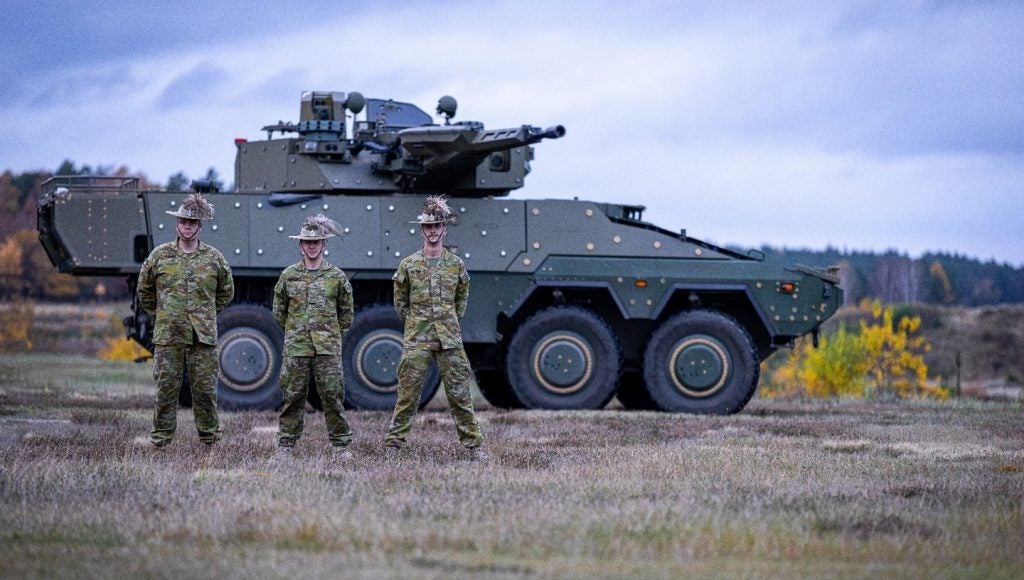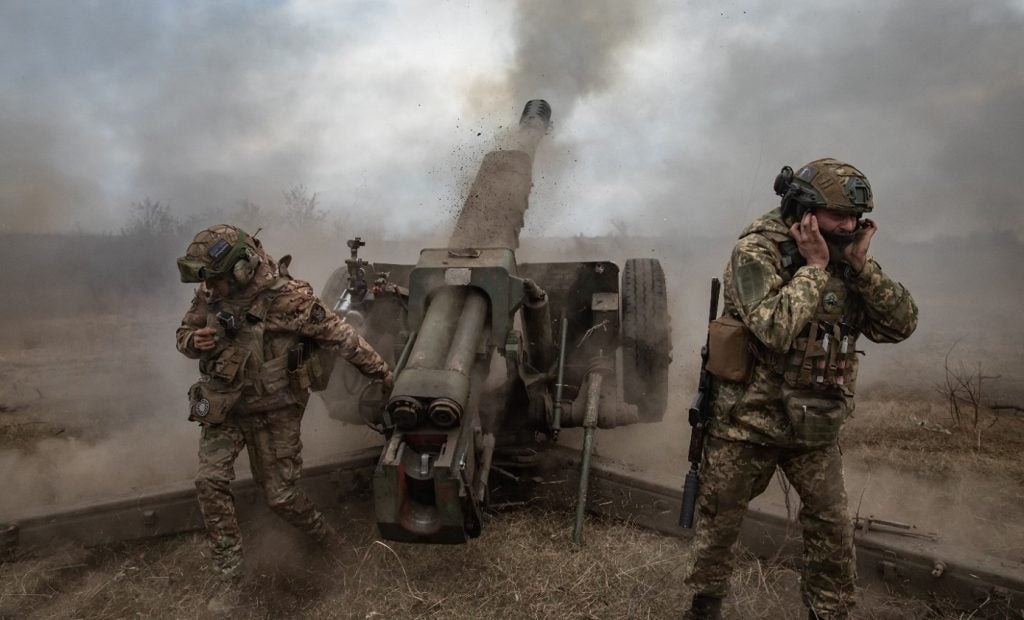A new demand is developing for AI to provide course of action solutions to support military operations, according to Pete Morrison, chief commercial officer for Bohemia Interactive Simulations (BISim), a wholly owned subsidiary of BAE Systems.
“The military wants to take this into the light battlespace,” said Morrison. “As far as I am aware, we’re just beginning to enter that phase. Right now.”
During BISim’s 25 years of operation, it has provided Virtual Battlefield Simulation (VBS) training platforms for the US and UK armed forces. In December 2023 the German Bundeswehr also acquired an enterprise licence for the VBS4. Artificial Intelligence enabled VBS help to train personnel at military education establishments, with the wargaming helping train command staff and future leaders.
However, Morrison sees that, for the first time, computers are providing commanders with solutions for making decisions outside of war-gaming. “There's certainly a demand for this to be available to support operations,” said Morrison, “which is a very different set of outcomes.”
"There's certainly a demand for this to be available to support operations, which is a very different set of outcomes.”
Pete Morrison, chief commercial officer for Bohemia Interactive Simulations.
Army Technology interviewed Morrison to talk about the role AI has to play in military planning, and how simulation in wargaming is driving home lessons for land forces.
BISim was purchased by BAE Systems in March 2022 for $200m, acquiring the global software and advanced military simulation company for BAE’s growing digital transformation portfolio.
“We're entering this really exciting time, where we have new sensor systems providing us data, we have new artificial intelligence, and we have hard problems to solve,” said Morrison.
Simulation has been a long-practiced aspect of training for Naval and Air Force personnel but was met with some scepticism when first introduced for ground forces troops, more than 20 years ago.
In a study published in the 2008 proceedings of the Interservice/Industry Training, Simulation, and Education Conference, "Games - Just How Serious Are They?", researchers Paul Roman and Doug Brown found that training with simulated war-games led to a dramatic increase in student success rates at the Canadian Combat Training Centre.
Following the paper's release, attitudes towards simulation in training for ground forces warmed, and the scale and detail of simulated training expanded, according to Morrison.
While BISim specialises in the hyper-realistic rendering of battlefield features to produce immersive simulations, the AI supplied comes from partnership with companies such as Stillman, who provide a Linguistic Geometry technology called LG RAID.
“It has to be deterministic. It has to do the same thing every time if no variables have changed, because otherwise it starts to undermine your training.”
Pete Morrison, chief commercial officer for Bohemia Interactive Simulations.
Distinct from modern developments in Large Language Models which use machine learning algorithms, Linguistic Geometry instead uses a decision tree approach to develop course of action suggestions that are replicable and not subject to chance or variation in the way AI technologies.
“The reason why we don't use machine learning to train that artificial intelligence is because it really needs to be incredibly predictable,” said Morrison. “It has to be deterministic. It has to do the same thing every time if no variables have changed, because otherwise it starts to undermine your training.”
Morrison also points out that to train an AI through machine learning would use copious amounts of data, and to his knowledge, such as resource does not exist. He adds that if a military is ever going be able to train a tactical AI based on machine leaning in a sensible manner, it needs to build this resource.
Questioned on the ethics of adopting artificial intelligence for autonomous systems in the battlefield, Morrison points out that the technology for a kill chain to be completed autonomously already exists, and that adversaries possessing this technology may have fewer moral quandaries associated with implementing such tools.
“BISim provide the virtual environment, this real estate battlespace, where that type of AI model, running on an unmanned aerial system, can be tested, proven, before you start doing these things in the real world.”
Pete Morrison, chief commercial officer for Bohemia Interactive Simulations.
“For example, we need a human operator for every single drone that we deploy, because that human operator needs to decide if we're going to pull the trigger. We might have an adversary where one human can control 1000 drones, because the drones are making that decision. These are the kinds of problems we need to grapple with incredibly quickly. Especially around unmanned aircraft because the aircraft is itself a weapon.”
“BISim provide the virtual environment, this real estate battlespace, where that type of AI model, running on an unmanned aerial system, can be tested, proven, before you start doing these things in the real world.”
The push for an environment to test AI, as well as the fear of negative training for human operators, has driven BISim to develop hyper-realistic environments that render 3D depiction of terrain, coupled with advanced modelling of parameter such meteorological conditions, and a thorough and accurate simulation of equipment capabilities and weaknesses.
“We're focused now on making sure that we can take ultra-high resolution terrain data and do an absolutely photorealistic representation of the real world, so that every tree is in exactly the location that it is in the real world. It opens the possibilities, not just for training, but also mission planning,” concluded Morrison.












